Nothing tastes as good as home-grown vegetables - organic, seasoned with a pinch of satisfaction and a lot of care, they really are something special. However, in order to be able to enjoy all the benefits, in many cases you need to prepare vegetable seedlings - but what are they and how do you grow them?
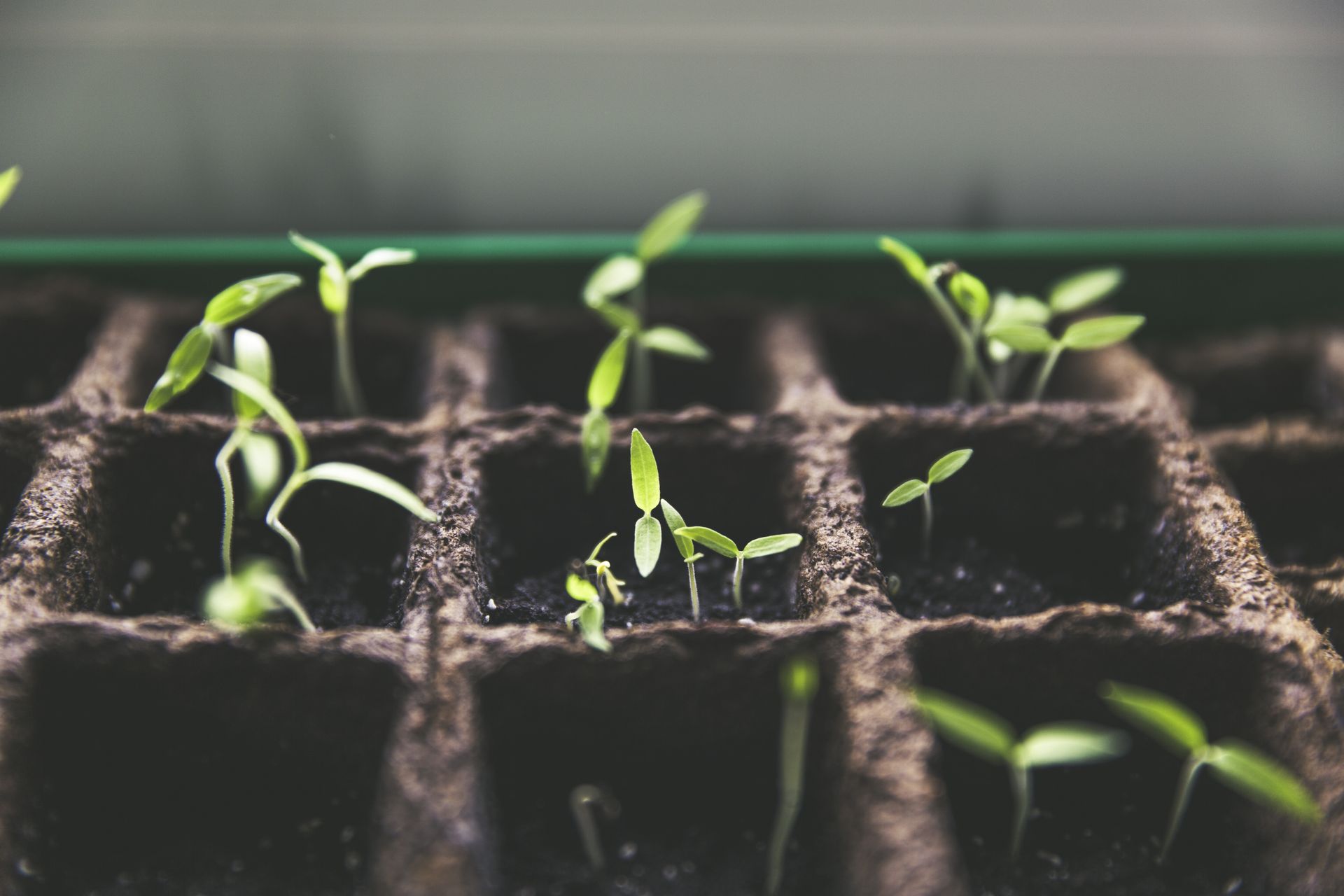
Nothing tastes as good as home-grown vegetables – organic, seasoned with a pinch of satisfaction and a lot of care, they really are something special. However, in order to be able to enjoy all the benefits, in many cases you need to prepare vegetable seedlings – but what are they and how do you grow them?
What is a vegetable seedling?
Seedlings are young plants grown from seeds in greenhouses, on window sills or in seedbeds. When they are sufficiently large and the weather outside is warm enough, these plants are then transplanted in the ground so that they can continue to grow in their natural rhythm. Preparing seedlings is time-consuming and hard work, but in the case of many plants it is not only necessary, but also has tangible benefits. What should you know about preparing seedlings?
Vegetable seedlings – when are they necessary?
Many vegetables are not suitable for sowing directly in the ground in certain climates. Their growing season is long and they require relatively mild temperatures. If you sow vegetables such as peppers, aubergines, tomatoes or watermelons directly in the ground it will not end well – they will grow and bear fruit, but they will not fully mature before autumn, which will ruin all your efforts.
Which vegetables can be sown directly in the ground?
A significant number of vegetables can be sown directly in the ground with good results – these include cucumbers, courgettes and lettuce. However, it is still worth considering preparing seedlings of these vegetables, as this will make your crops grow faster and you will be able to enjoy fresh, home-grown vegetables for a larger part of the year.
Preparing seedlings of brassica vegetables (of the cabbage family) is also recommended, as they tend to take a long time to emerge and take up space in boxes and seedbeds and are also vulnerable to snails and other pests, especially when they are still small. Vegetables such as carrots, parsley, beetroots, radishes, turnips, peas, beans and broad beans, on the other hand, can be sown directly in the ground.
How to plant herbs? Most herbs can be sown directly in the ground, but in the case of herbs that require warmer temperatures, such as basil, savory or marjoram, it is safer to prepare seedlings.
How to prepare a vegetable seedling?
First of all, start by planning the area directly in the ground, greenhouse or on raised pallet beds. See how much space you have and think about what vegetables you want to grow. You can then purchase the seeds, as well as all the accessories and components you will need. What do you need to remember about?
Many people make the mistake in the case of vegetable seedlings by sowing the seeds in all-purpose soil. In order for the seeds to germinate and properly develop into large and healthy seedlings, you should provide them with optimal conditions for growth. The soil in which they are to grow should be decontaminated – and therefore free of pathogens to which vegetable seedlings are extremely sensitive – as well as light, permeable and without too many nutrients, with the exception of phosphorus. As you can see these conditions are quite difficult to achieve yourself, so ready-made soil mixtures are your best bet when preparing vegetable seedlings, in order to make sure you provide the seeds with everything they need.
A suitable potting mix for seedlings
Many people make the mistake in the case of vegetable seedlings by sowing the seeds in all-purpose soil. In order for the seeds to germinate and properly develop into large and healthy seedlings, you should provide them with optimal conditions for growth. The soil in which they are to grow should be decontaminated – and therefore free of pathogens to which vegetable seedlings are extremely sensitive – as well as light, permeable and without too many nutrients, with the exception of phosphorus. As you can see these conditions are quite difficult to achieve yourself, so ready-made soil mixtures are your best bet when preparing vegetable seedlings, in order to make sure you provide the seeds with everything they need.
Vegetable seedling containers
You can use any type of containers to prepare seedlings – especially that at the initial stage of sowing you can put more seeds in one pot, and only when they grow into small seedlings will you need to move them to separate containers. So what will you need?
- Multi-pot trays – these are good for sowing, because they take up little space on your window sill and will fit a large number of seeds and small seedlings.
- Standard pots – these can also be used for sowing seeds, and you can then thin out the seedlings, leaving only the strongest ones.
- Peat pots – these are an interesting option, especially for vegetable seedlings that do not like being separated during growth. The seedlings can be planted in the ground together with these containers, as they will decompose in the ground at a later time, while additionally supplying it with nutrients. This solution will also protect delicate plants from root damage.
At the seedling stage, most plants are not very demanding. You can therefore sow them in containers intended for this purpose, or else use any plastic household waste, such as yoghurt pots, plastic cups, and even hand-made pots made of toilet paper rolls.
Necessary tools
Most of the preparation of vegetable seedlings can be done without specialised garden tools, although they will make your job easier. Small garden shovels will make it easier to fill the seedling containers with soil. A mini seeder will come in handy, letting you conveniently place the number of seeds you need in each pot.
After sowing you will need to water the seeds – to start off with a hand sprayer will be best. A gentle mist will effectively moisten the soil, but not wash out the seeds. When the seedlings are bigger, you can water them with a watering can.
When transplanting the seedlings, use special shovels for transplanting seedlings, so that you don’t damage the roots, and skewer sticks to make holes in the soil in the containers.
If you are unable to provide your seedlings with the right amount of natural light, LED plant lamps will stimulate their growth.
Suitable conditions for vegetable seedlings
When preparing ground vegetable seedlings, bear in mind that each plant has different needs. So make sure you read the information on the packaging prepared by the seed producers. This will show the best time for sowing (both for seedlings and in the ground), as well as the recommended distance between the seedlings.
Vegetable seedlings should grow in light, sunny spots . Appropriate humidity is also important, especially during the germination period. To limit water evaporation you can use special mini-greenhouses or cover the containers with cling film.
Transplanting
When the seedlings have already grown a little bit, they should be transplanted – usually 2-3 weeks after emerging. This is not only important to separate vegetable seedlings growing in one container, but for many plants, such as tomatoes, transplanting also strengthens the roots and the entire seedling.
Before transplanting, thoroughly water the soil in which the vegetable seedlings are growing, which will make it easier to pull them out without damaging the roots. Then use a small seedling rake or shovel to lift the whole plant and gently remove it.
It is now time to evaluate the seedlings – get rid of the weaker ones, with undeveloped root systems, and transplant the strongest ones into separate containers, making a deep hole in the soil. Then water them abundantly with a sprinkler so that the soil can thoroughly cover the roots.
Hardening off the seedlings
The final stage in the preparation of vegetable seedlings is hardening off the larger ones, which are almost ready to transplant. This process should start approx. 10-14 days before re-planting them in the ground. This will get the seedlings accustomed to lower temperatures, stronger exposure to sunlight and scarcer access to water.
This should be done gradually – if your seedlings are located in your home, start by ventilating the room intensively. Then briefly put them outside in a quiet place. Gradually increase this time, remembering to put the seedlings back indoors overnight. A few days before planting them in the ground you can leave the seedlings outside all the time.
Vegetable seedlings – summary
If you stick to all of the above steps, your seedlings will be ready to be planted in the ground. If you don’t want to put in the time or the effort, you can also buy ready-made seedlings. Where can you buy vegetable seedlings? You will find seedlings in most garden centres and some DIY shops, but bear in mind that you are usually better off preparing them yourself.
You should also think about preparing the soil for planting your seedlings in the ground – find out how to prepare the soil for vegetables, and if you live in a cooler climate, consider building a greenhouse ensuring optimal conditions for growth regardless of the weather outside. Also plan the irrigation of the soil – it is essential that vegetables have regular access to water, without which they will not provide the expected results.

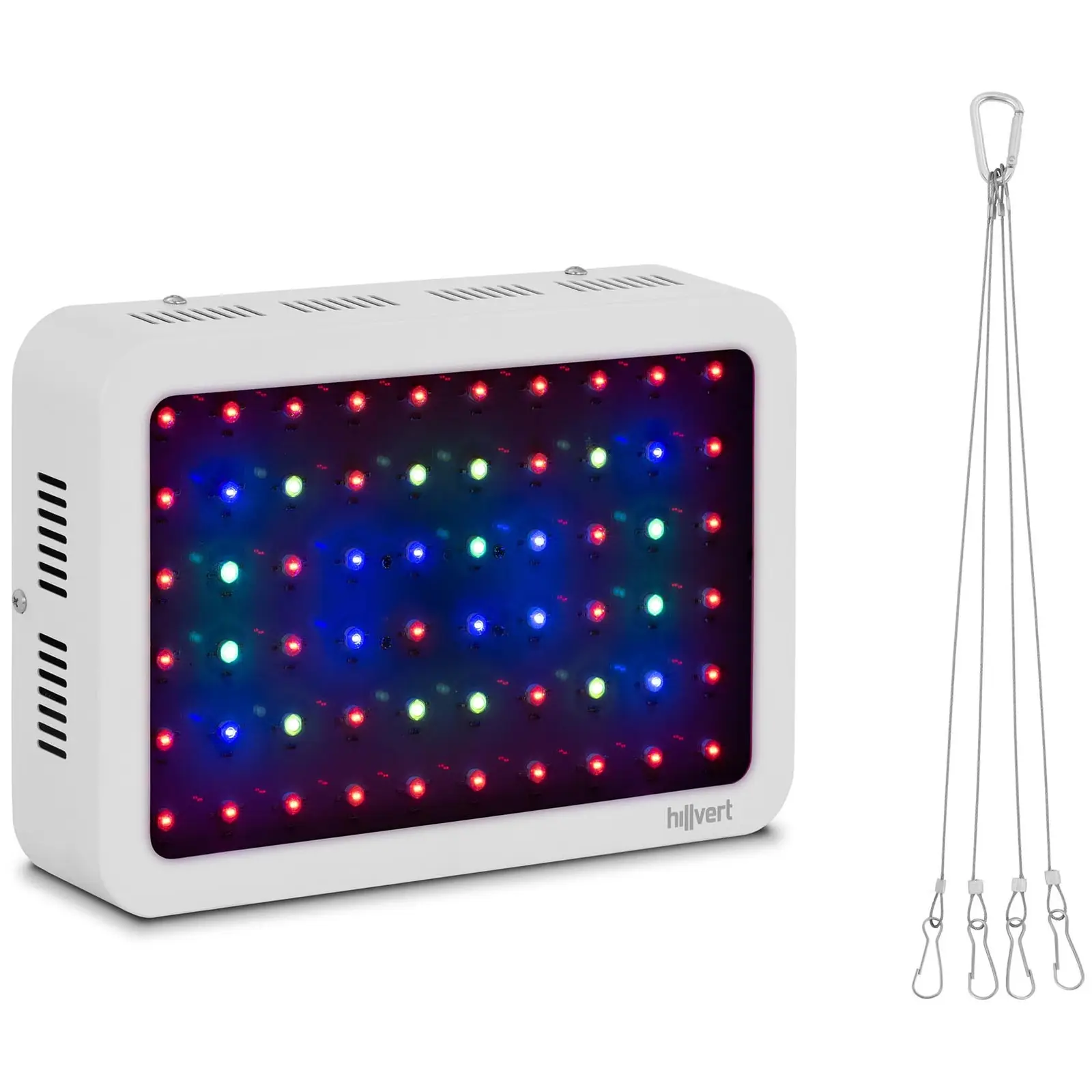
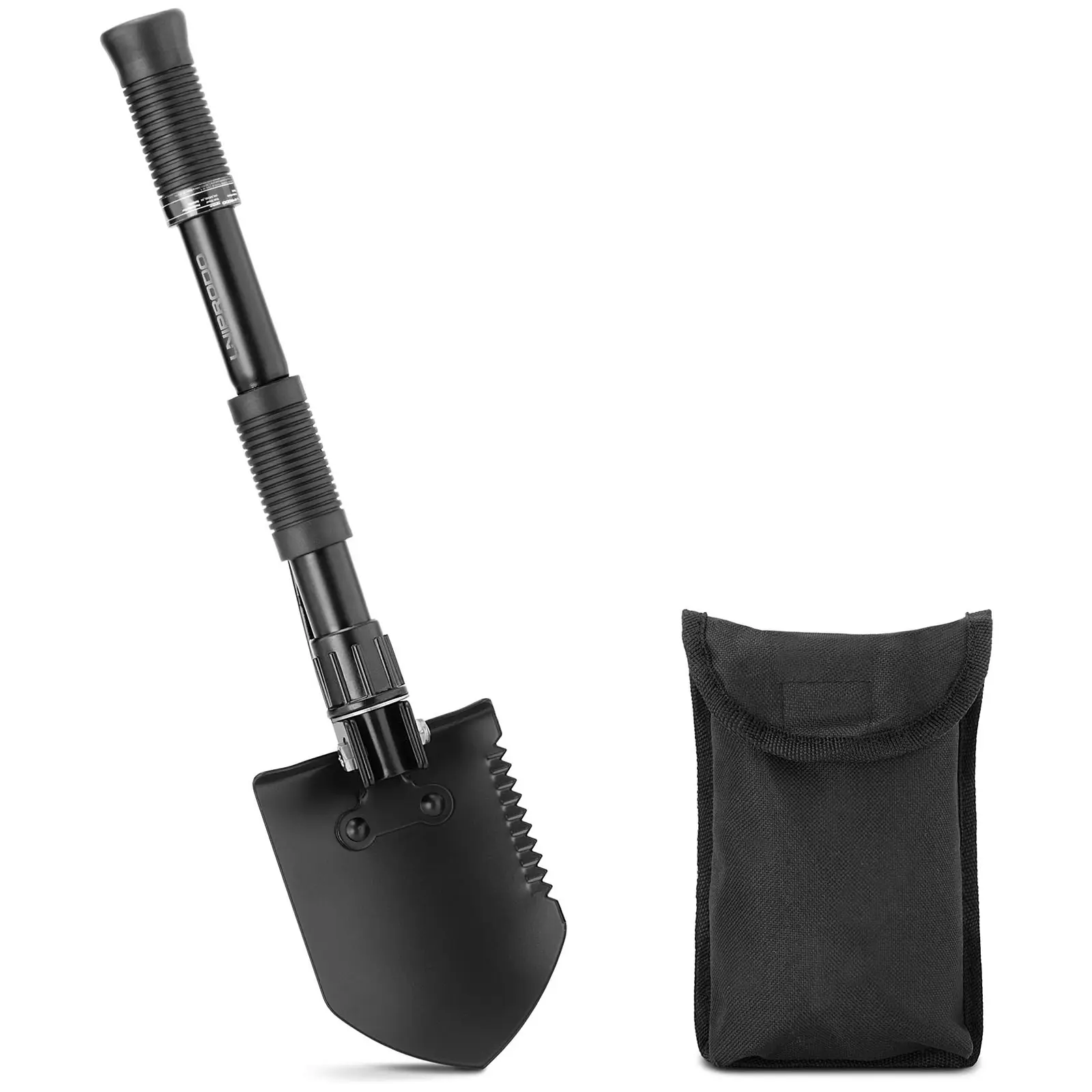
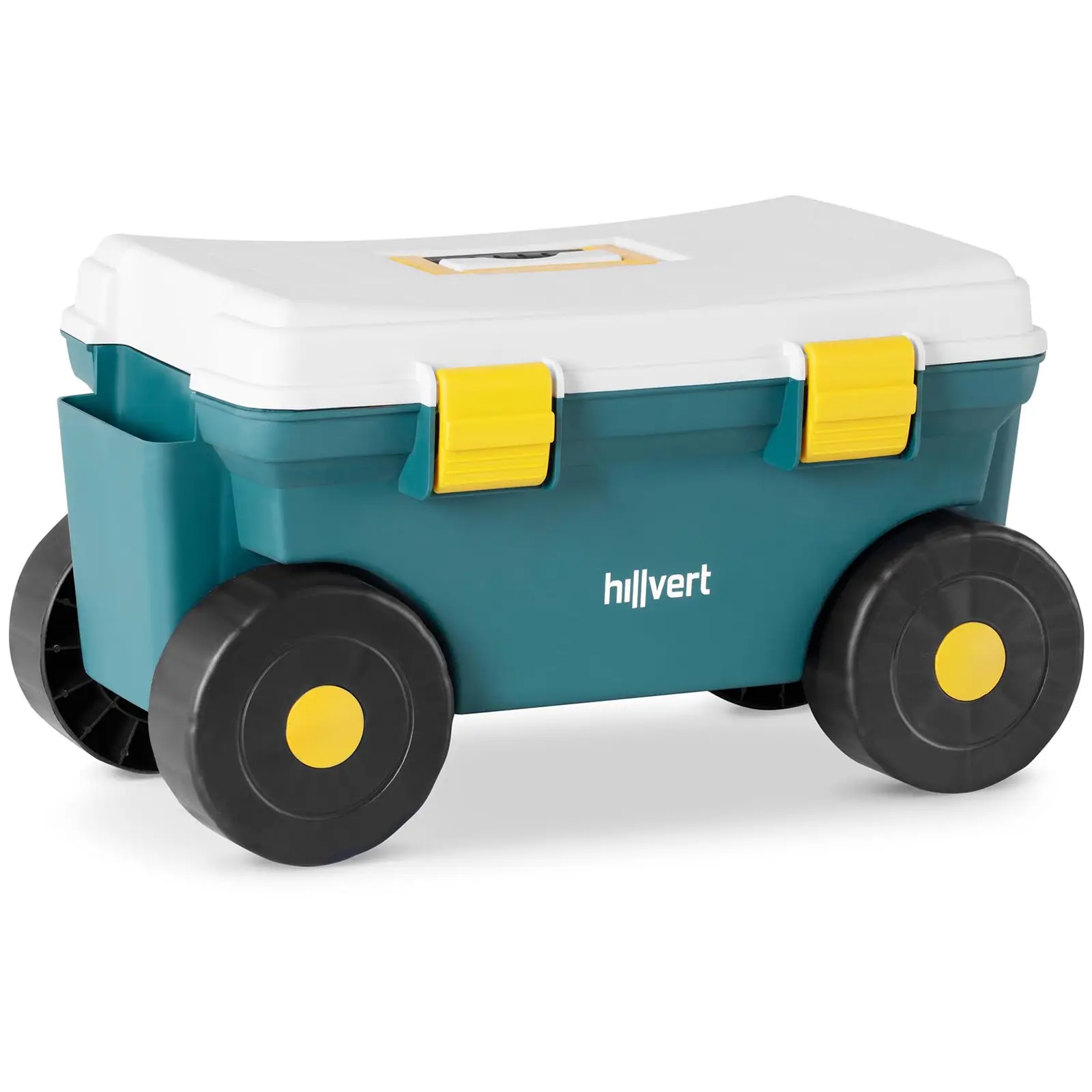

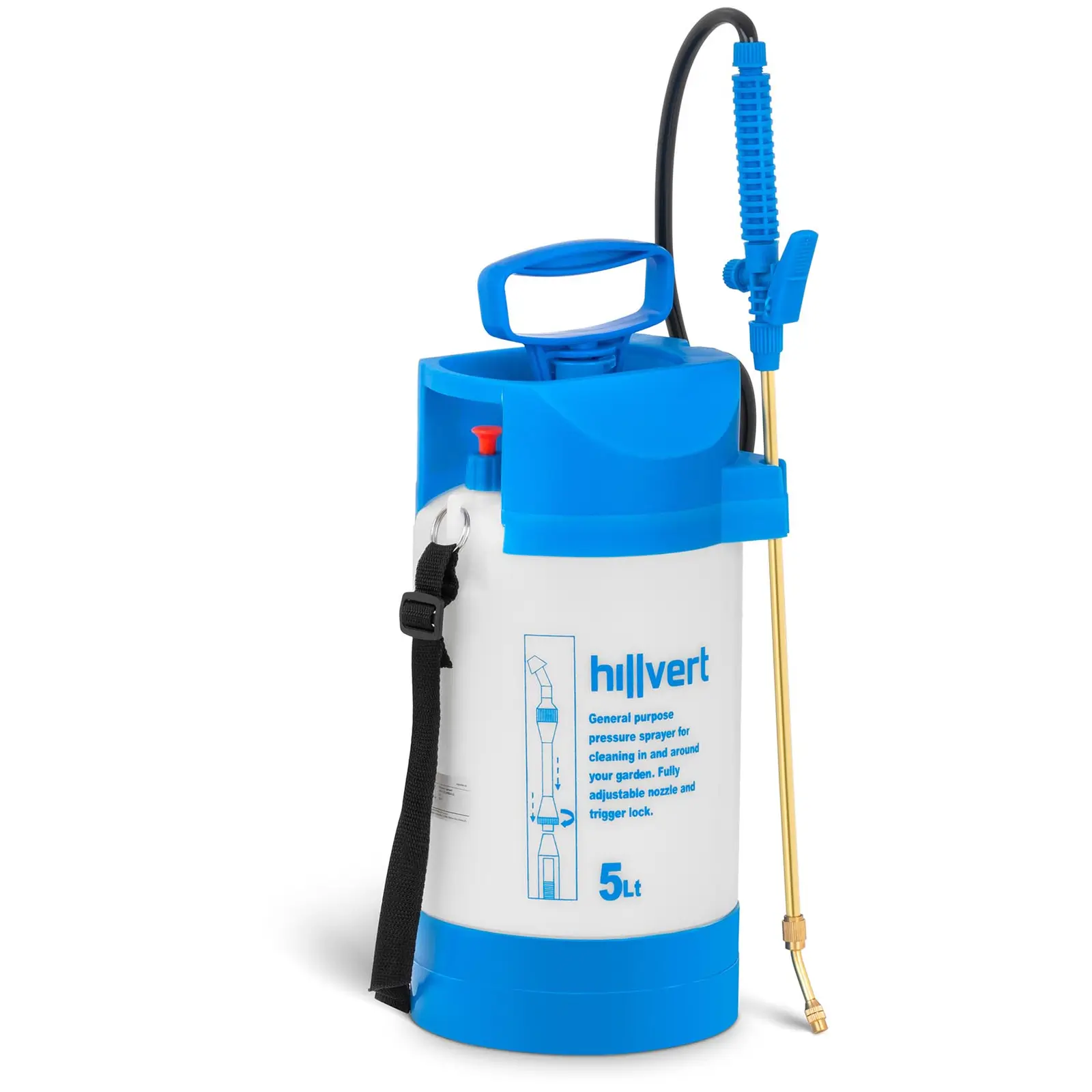
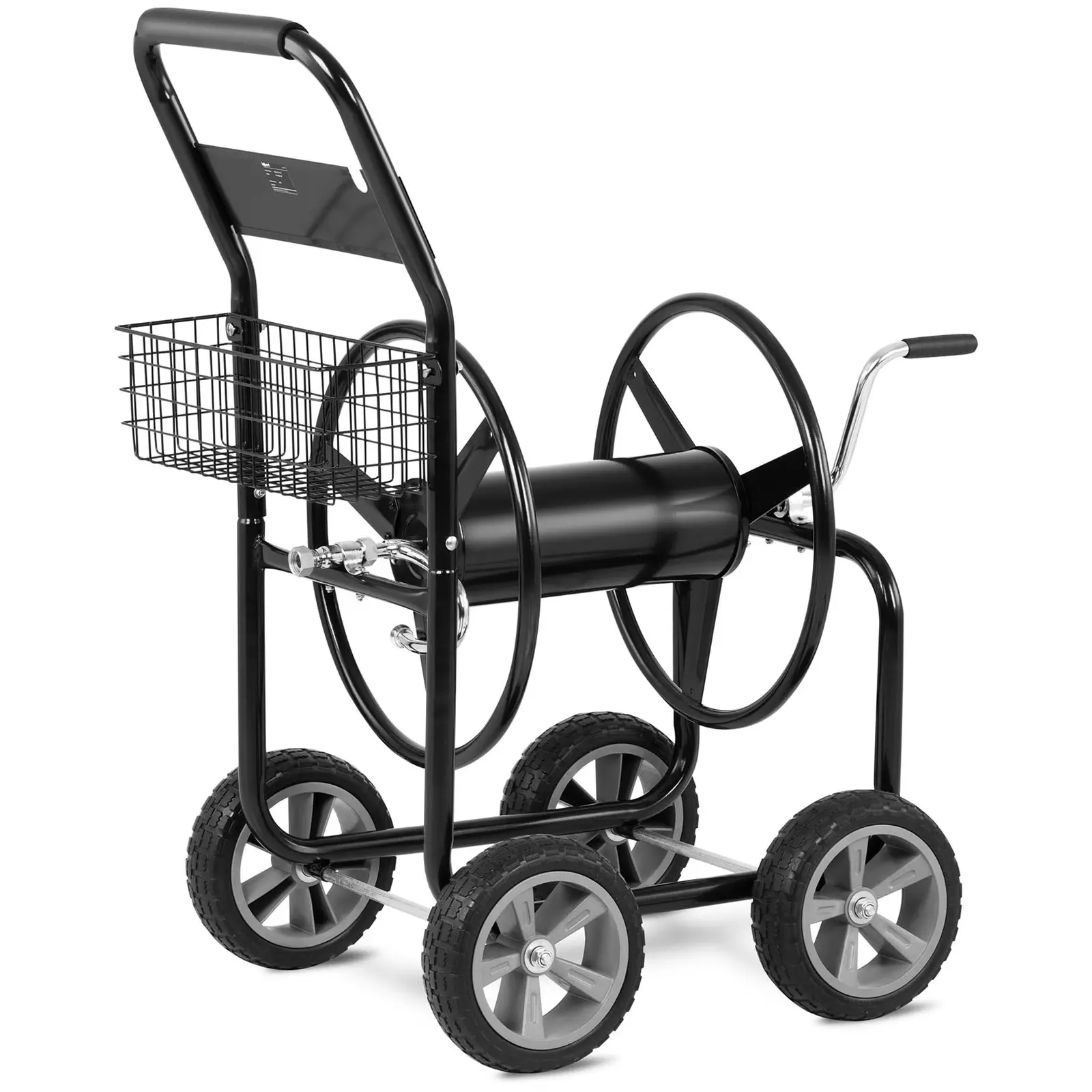
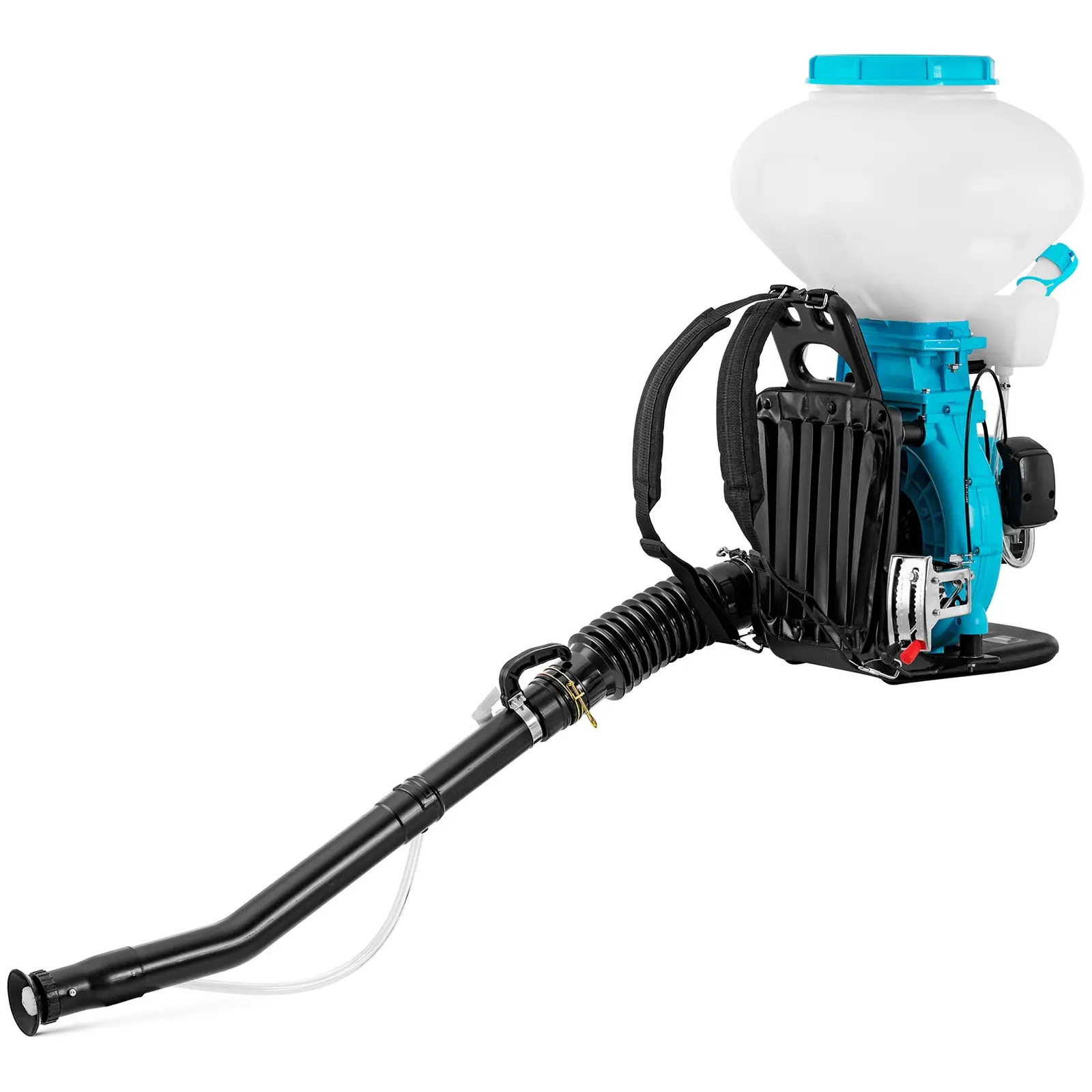
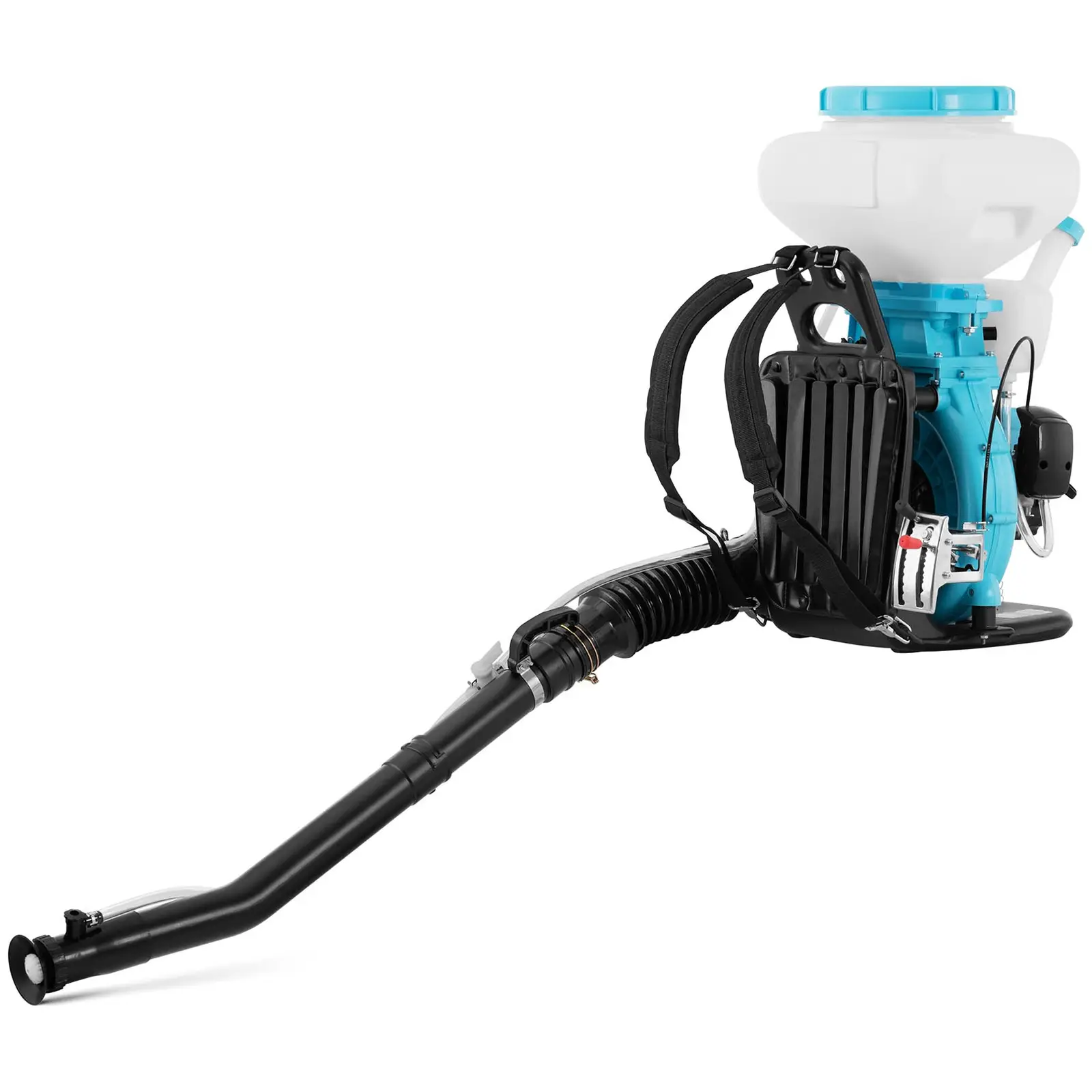





Share